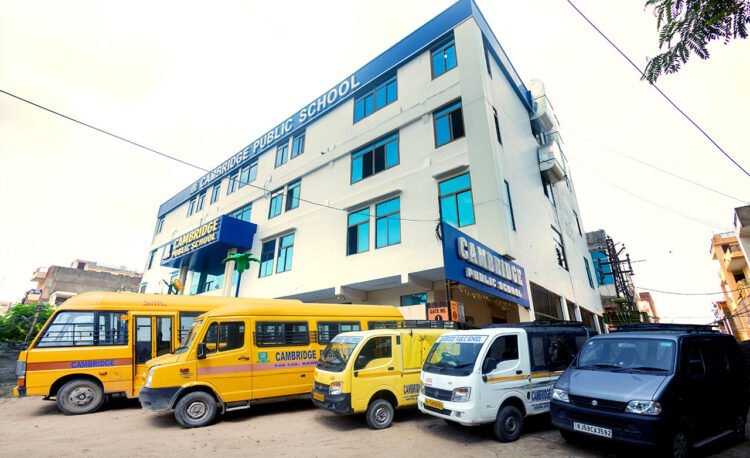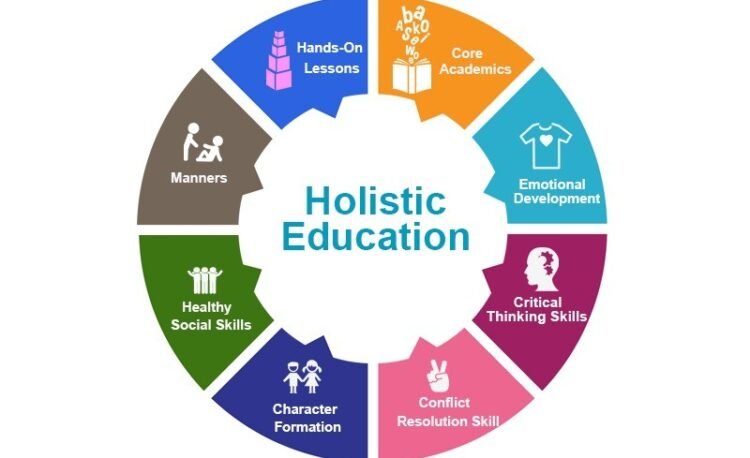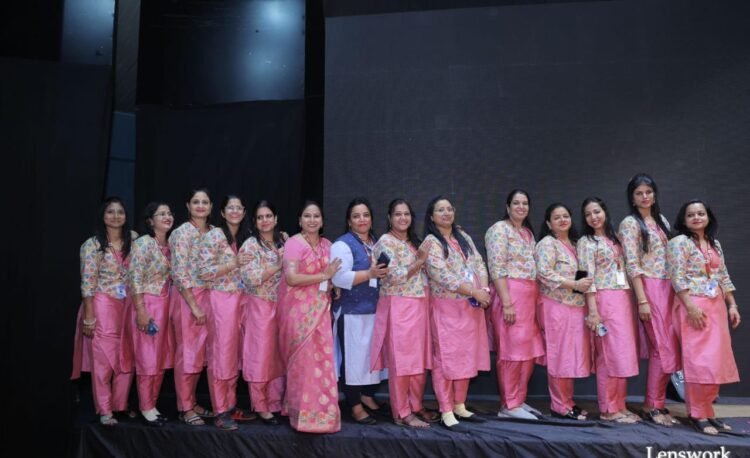Our school provides a secure, inclusive, and welcoming space where students feel valued and respected. Safety is our top priority, …


Our school provides a secure, inclusive, and welcoming space where students feel valued and respected. Safety is our top priority, …

Our faculty members are more than just educators—they are mentors, role models, and champions of student success. With a wealth …

Our faculty members are more than just educators—they are mentors, role models, and champions of student success. With a wealth …

At the heart of our school is a strong commitment to academic excellence. We provide a dynamic and challenging curriculum …
Welcome to WordPress. This is your first post. Edit or delete it, then start writing!
Education is designed to support early development in preparation for participation in school and society
Our Activities And Functions
The central role of an after-school program aide is to support the teacher’s agenda, which requires listening closely to instructions …
We offer highly respected degrees that is accepted by over 1000000 colleges from all around the world.
We believe that education should have a global reach that is why we make you ready for the world.